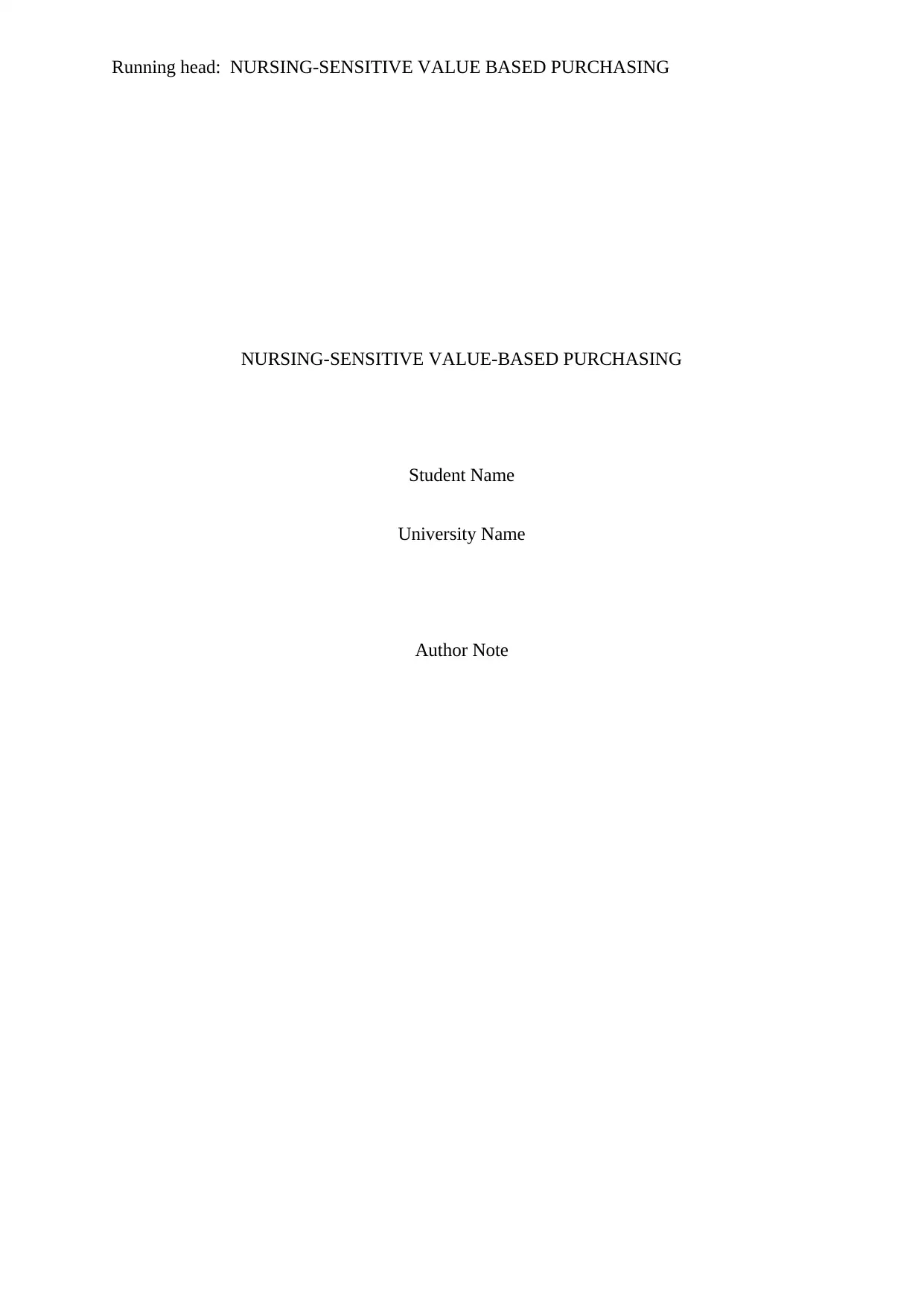University Nursing Report: Value-Based Purchasing and Patient Outcomes
VerifiedAdded on 2022/09/15
|3
|427
|15
Report
AI Summary
This report examines the concept of nursing-sensitive value-based purchasing (NSVBP), highlighting its significance in healthcare. NSVBP aims to improve patient outcomes and satisfaction by creating a work environment that rewards nursing professionals for delivering optimal care. The report discusses how financial incentives and transparency are key components of this model. It references research indicating a strong correlation between nurse staffing levels, patient satisfaction, and the incidence of hospital-acquired infections. The author analyzes the implementation of NSVBP within their organization, noting the absence of significant financial rewards for nurses but the presence of positive patient outcomes and increased satisfaction, attributed to increased nurse staffing. The report emphasizes the importance of value-based care in enhancing nursing performance and improving the overall quality of healthcare delivery. It references key literature supporting the benefits of NSVBP.
1 out of 3










![[object Object]](/_next/static/media/star-bottom.7253800d.svg)